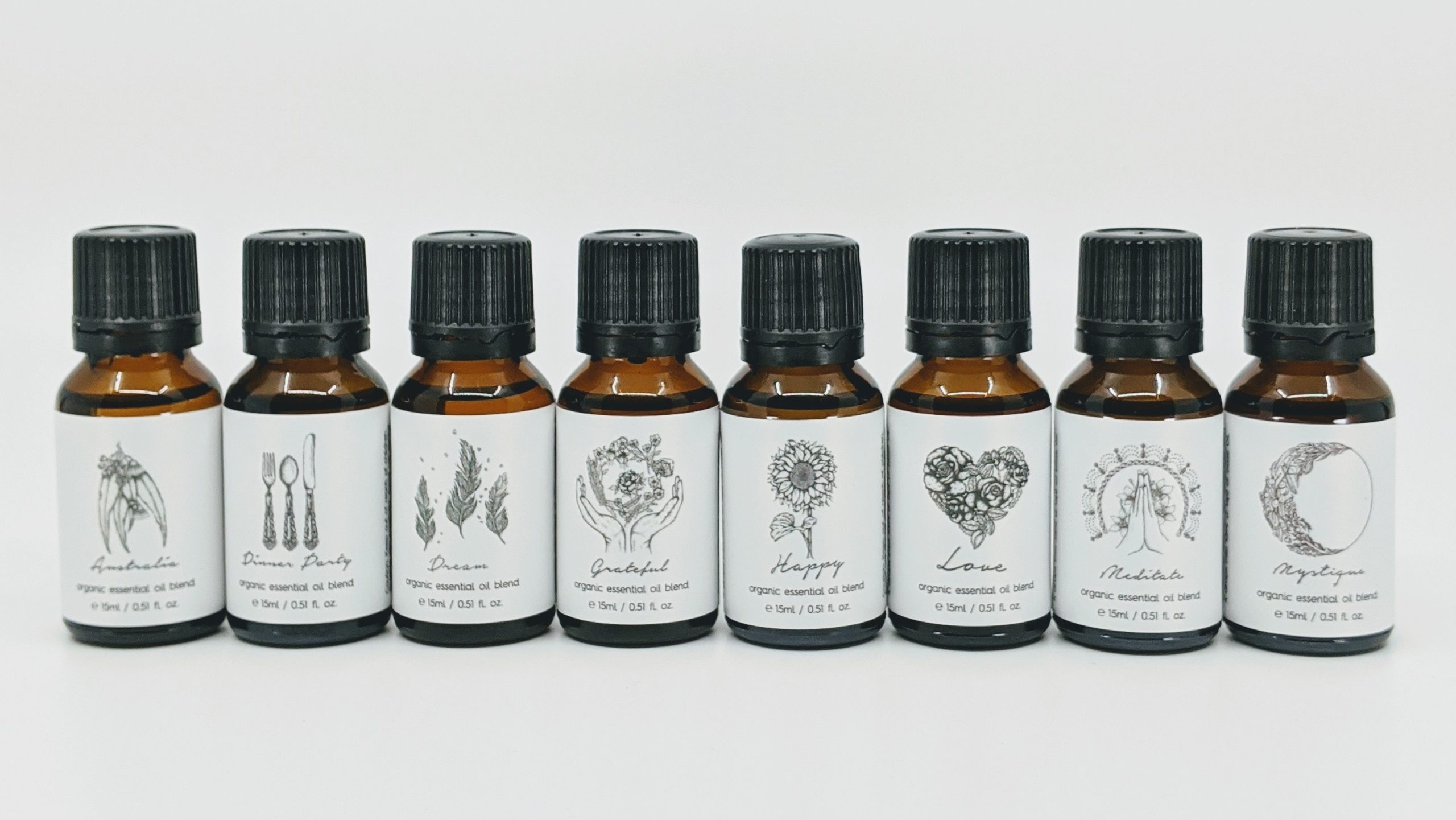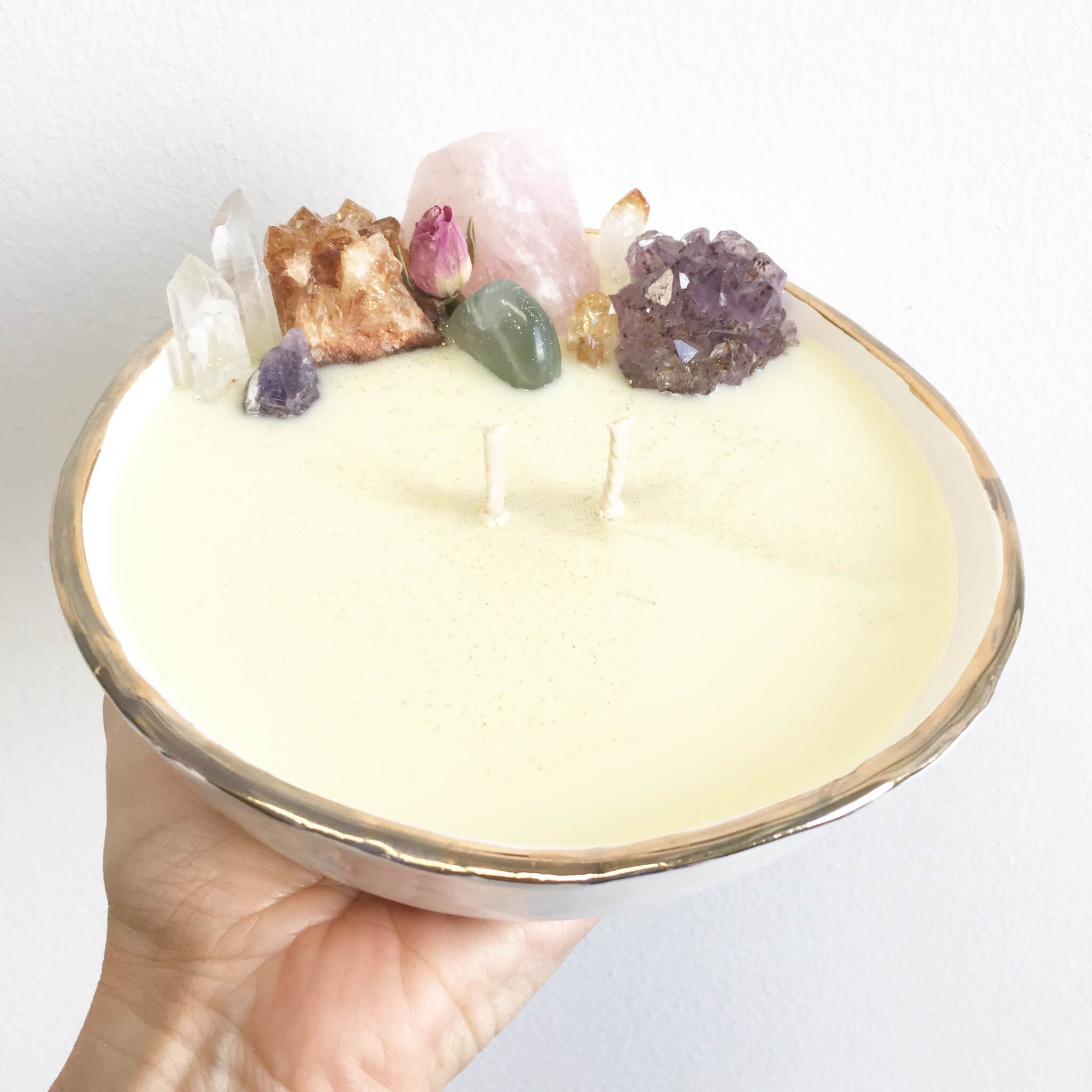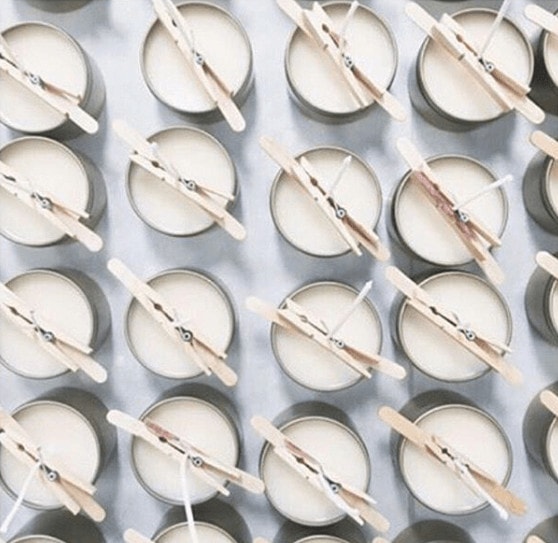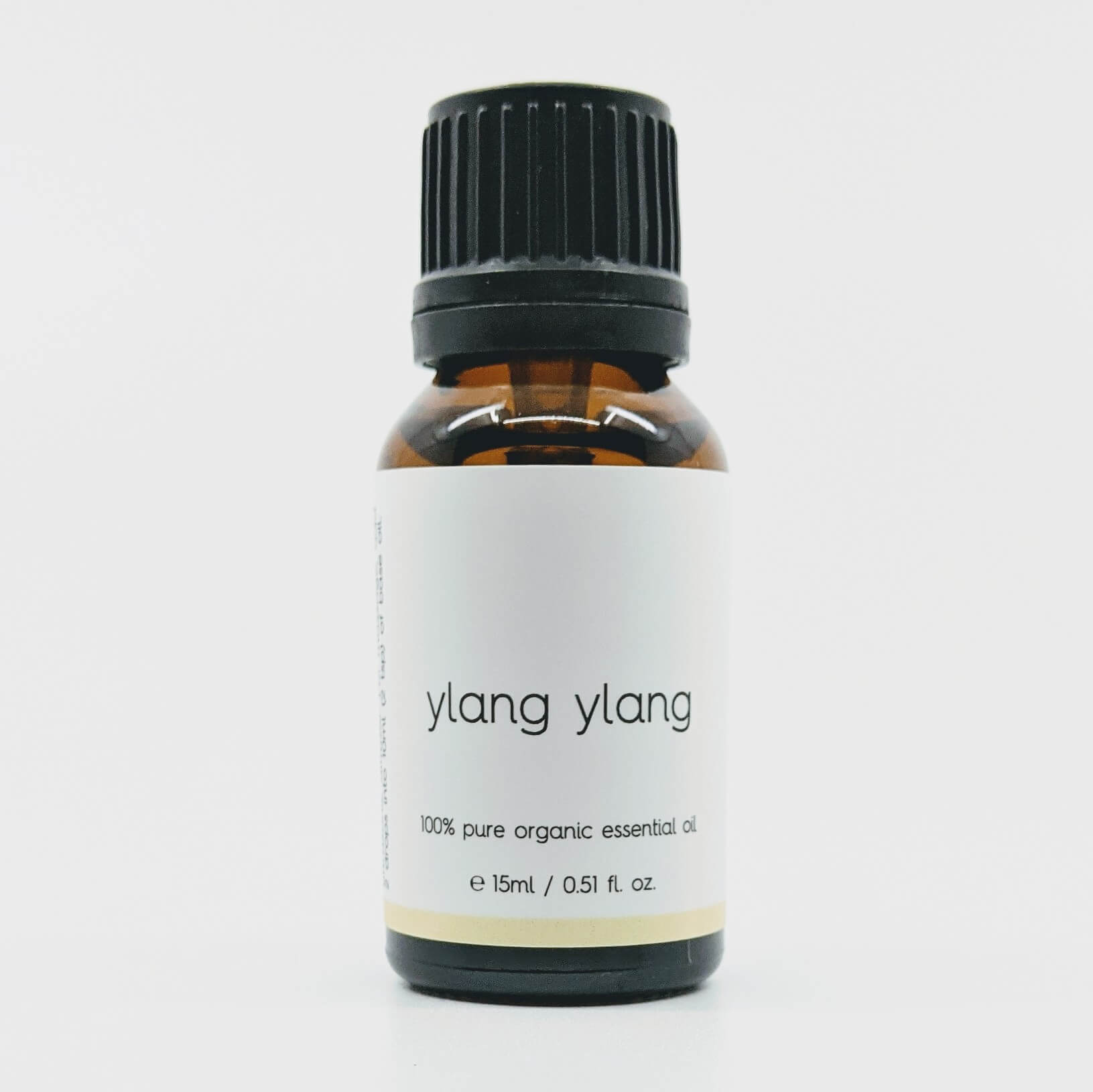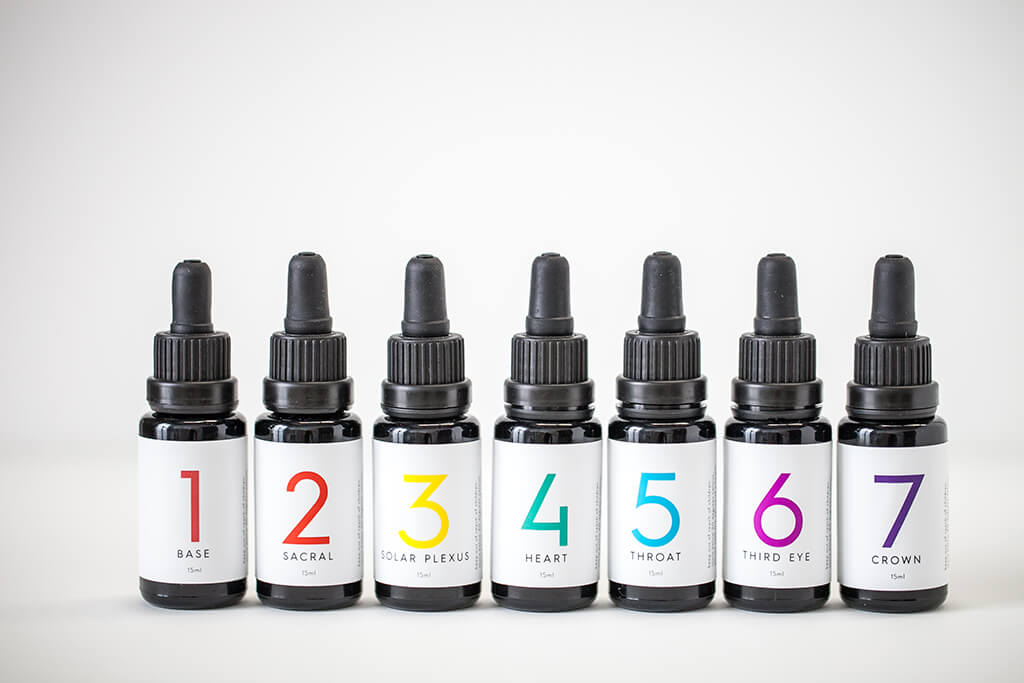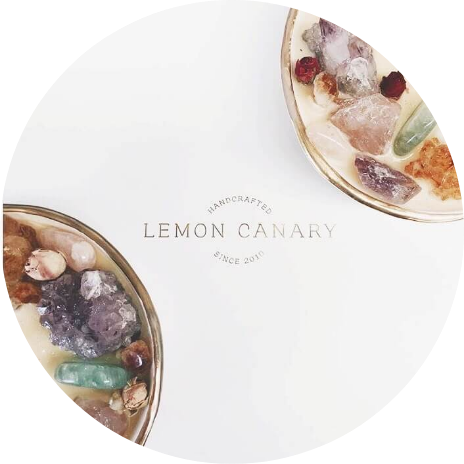No products in the cart.
How To Create Beautiful Organic Essential Oil Blends For Natural Soy Candles
Creating beautiful natural candle scents using organic essential oils is an art. We love it! Everyone is very different so don’t be surprised if what you love is different to what your friends love. This makes creating scents for everyone a challenge but in your home it all comes down to what you love.
In this article you’ll find some tips and principles we use at Lemon Canary when creating 100% pure and organic scents for our natural essential oil soy candles and other organic products. Hopefully you find this info interesting and helpful.
Where can you use essential oils for scenting?
We use our organic essential oil blends in natural scented soy candles, reed diffusers, wax melts, massage oils, body mists, bath salts, natural perfumes and more. You can create your own blends and also use them in diffusers, vaporisers, humidifiers, direct inhalation, baths and the list goes on.
Before getting started, just a word of caution if you are pregnant, might be pregnant or suffering from an illness or chronic condition. Please make sure the essential oils you use are suitable and will do you no harm. Do your research, play it safe and if you’re unsure, not confident or something inside you says ‘no’, don’t use it.
So why use organic essential oils instead of fragrance oils for scenting?
That’s a question we might cover in full in a future article because there’s a lot to it. But the simple answer is that essential oils are natural, they come from the environment and fragrance oils are based on synthetic man made chemicals. We love essential oils because we feel they are a safer and healthier scenting option.
The Principle of Top, Mid and Base Notes In Essential Oil Scenting
Different single essential oils have different scenting characteristics. To help us blend essential oil scents effectively we often categorise them 3 ways… Top Notes, Mid Notes and Base Notes. Most our our favourite and most appealing essential oil scents will contain oils from each of the 3 categories or at least 2 categories. Some of these essential oils will overlap 2 of these 3 categories so keep that in mind when blending.
What are Top Notes?
Top note essential oil scents usually work fast and evaporate fast. When you first smell a scent, if there are top notes present they are what you’ll smell first but they won’t last very long. Many top note essential oils can also have anti-bacterial properties. Essential oils with top note scents are often less expensive than other essential oils. They tend to be cleaner, fresher and lighter scents. Top notes are very important to us because they have a huge influence on our customer’s first impression of our candles and other products.
Here are some favourite organic essential oils that we use at Lemon Canary that are part of the Top Note family…
- Basil (Top – Middle)
- Bergamot (Top – Middle)
- Cinnamon
- Eucalyptus (Top – Middle)
- Grapefruit
- Lemon
- Lemongrass (Top – Middle)
- Lime
- Mandarin
- Neroli (Top – Middle)
- Niaouli
- Orange
- Peppermint
- Petitgrain
- Tea Tree (Top – Middle)
What are Middle Notes?
Middle note scents tend to be softer, warmer and full bodied. They are known for giving the heart to an essential oil blend along with a balancing effect. You may not smell the mid note in a blend at first, it may take a few minutes, but as the top notes dissipates the mid note is what adds body to your scent.
Here’s some mid note essential oils you might have heard of…
- Black Pepper
- Chamomile
- Clary Sage
- Geranium
- Juniperberry
- Lavender
- Melissa (Middle – Top)
- Rosemary (we don’t use this at Lemon Canary)
What Are Base Notes?
Essential oils that are categorised as base notes last a long time and evaporate very slowly. Base notes are also handy in that they slow down the evaporation of top and mid note essential oils. They are heavy, rich, solid and add depth to the blend. Base notes are also sometimes called foundation notes because we often build a blend starting with these essential oils. While base notes are characterised as full and intense fragrances, they are still relaxing. You often don’t need too much of a base note in a blend for it to be noticed. Base notes are rich in fragrance and cost as they tend to be the most expensive of the essential oils.
Here are our favourite base note essential oils at Lemon Canary…
- Cedarwood
- Cinnamon (Can be top, middle or base)
- Clove
- Frankincense
- Jasmine
- Myrhh
- Neroli (Can be top, middle or base)
- Patchouli
- Rose
- Sandalwood
- Vanilla
- Ylang Ylang (Base – Middle)
Some handy tips for creating essential oil blends
1. Make what you enjoy.
What mood do you want to create? We like to start blending with an emotion, mood, shape, texture or feeling in mind.
2. When you are creating and experimenting with essential oil blends it is very easy to loose track of where you are up to and what you’ve done.
I find the best way to start blending successfully is to first write down all the essential oils I’d like to use in the blend. Then I add 1 drop at a time and put a single mark on the piece of paper for each drop I use next to the essential oil used. By putting a mark for each drop I can easily see what I’ve done and what might be required to further enhance the blend. And when the blend is perfected I can then quickly work out the measurements I need for making bulk batches.
3. It’s better to add too little than too much.
Add slowly as you go. Be patient.
4. Be aware of the strength of the oils you are using.
Some oils are powerful and you will require very little.
5. When you smell your scent creations give them time.
Their characteristics will change. Take note of your first impression. But equally take note of the scent in 2-3 minutes and then even beyond in 5, 10 or 15 minutes.
6. Reset your sense of smell often.
Some people say smelly coffee beans brings your sense of smell back to neutral. At Lemon Canary we find smelling our own skin works quite well too.
7. Use small glass or ceramic containers for mixing that have been cleaned and dried properly.
Plastic can retain fragrances, that’s why we don’t use it.
8. Always store your essential blends away from sunlight, in a cool, dry place in blue or amber glass bottles.
Or even better, Miron violetglass bottles are the ultimate for preserving essential oils and keeping them at their best for the longest possible time.
How much essential oil will you need to make a candle?
The amount of essential oil blend you need will depend on the size of candle you are making. When making essential oil soy candles, usually 1-5% of the total volume or nett weight will be made up of your essential oil blend.
So if you are making a 200g candle, 2-10g will be made up of your essential oil blend and 190-198g will be the wax. Expect some sweating on the surface of your candle when scenting with essential oils especially with particular waxes and in warmer weather. Sweating can sometimes be minimised by reducing the amount of essential oil you add and experimenting with pour temperatures or changing waxes, but it is very difficult to eliminate sweating 100% of the time.
NEW Candle Making Calculator: Calculate How Much Wax & Scent You Need In Grams For Your Next Batch

Experiment and have fun… there’s no rules.
It sometimes takes many attempts to perfect an essential oil scent blend for candles. Don’t be disappointed if you don’t get it right first time. Have fun. This is a journey and you’ll probably make some average blends along the way. That’s OK. With every good or not so good experiment you’ll learn and that makes you better at creating and blending amazing scents.
Let’s us know how you go. We’d love to here about your successes and help with your challenges.
Happy blending.
The Lemon Canaries xo
YOU MIGHT ALSO LIKE THIS…
- Essential Oil Scented Candles By Lemon Canary
- Crystal Candles By Lemon Canary
- Organic Essential Oil Blends For Candle Making
-
 ‘Mystique’ Pure & Organic Essential Oil Blend – Sweet Orange, Juniperberry, Sandalwood, Cinnamon Bark, Cedarwood, Lavender & Patchouli$28.00
‘Mystique’ Pure & Organic Essential Oil Blend – Sweet Orange, Juniperberry, Sandalwood, Cinnamon Bark, Cedarwood, Lavender & Patchouli$28.00 -
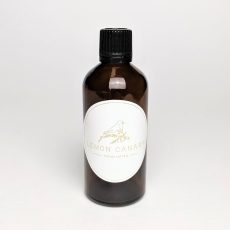 Organic Essential Oil Scent Blends For Candle Making – By Lemon Canary$28.00 – $1,440.00
Organic Essential Oil Scent Blends For Candle Making – By Lemon Canary$28.00 – $1,440.00 -
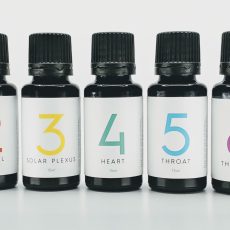 ‘Rainbow Organic’ Essential Oil Set – Includes All 7 Blends$273.00
‘Rainbow Organic’ Essential Oil Set – Includes All 7 Blends$273.00 -
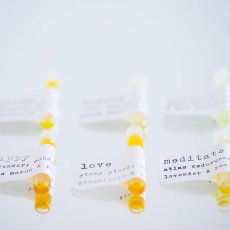 100% Organic Essential Oil Scent Sample Vials$3.50
100% Organic Essential Oil Scent Sample Vials$3.50 -
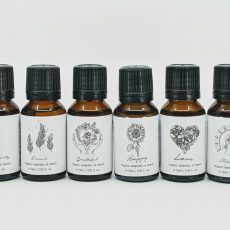 Organic Essential Oil Blend Kit – Includes 8 Blends$224.00
Organic Essential Oil Blend Kit – Includes 8 Blends$224.00 -
 ‘Grateful’ Pure & Organic Essential Oil Blend – Ylang Ylang, Geranium, Lime, Rose Otto, Orange & Patchouli$28.00
‘Grateful’ Pure & Organic Essential Oil Blend – Ylang Ylang, Geranium, Lime, Rose Otto, Orange & Patchouli$28.00 -
 ‘Meditate’ Pure & Organic Essential Oil Blend – Cedarwood, Frankincense, Lavender, Myrrh & Orange$28.00
‘Meditate’ Pure & Organic Essential Oil Blend – Cedarwood, Frankincense, Lavender, Myrrh & Orange$28.00 -
 ‘Love’ Pure & Organic Essential Oil Blend – Rose Otto, Ylang Ylang, Orange, Patchouli & Geranium$28.00
‘Love’ Pure & Organic Essential Oil Blend – Rose Otto, Ylang Ylang, Orange, Patchouli & Geranium$28.00 -
 ‘Happy’ Pure & Organic Essential Oil Blend – Orange, Clary Sage, Lemon & Lavender$28.00
‘Happy’ Pure & Organic Essential Oil Blend – Orange, Clary Sage, Lemon & Lavender$28.00

